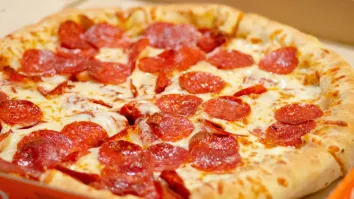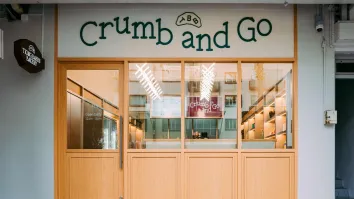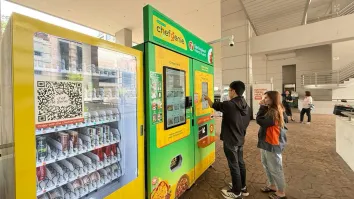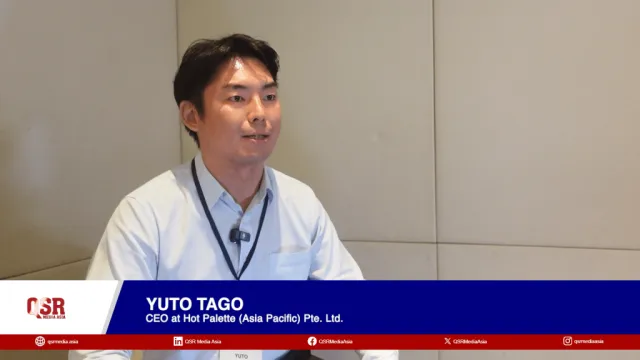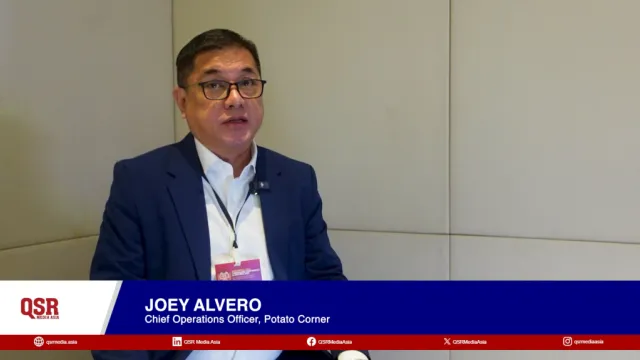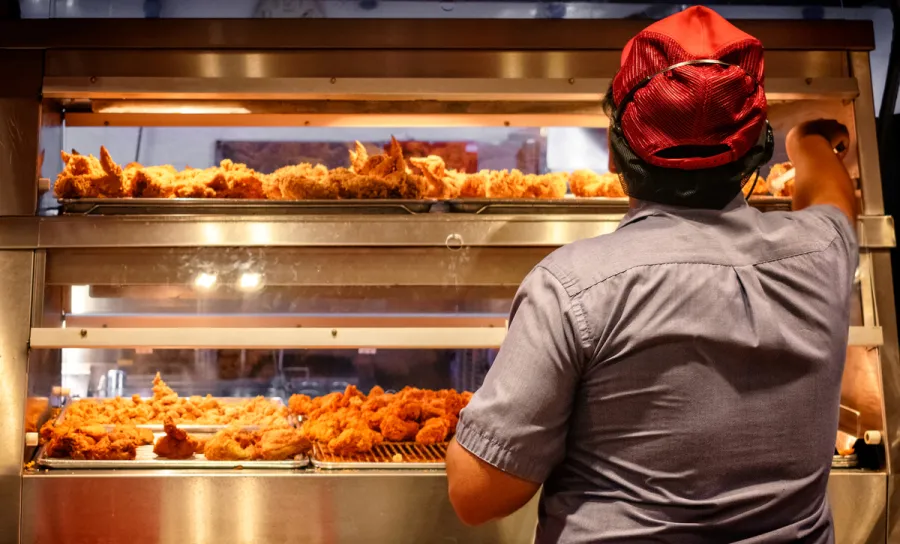
Creating a Scalable Food Safety Program for Growing Chains
How technology can help communicate procedures and hold your teams accountable as you grow.
Is your organization's food safety training scalable? According to the World Health Organization's latest data, an estimated 600 million – almost 1 in 10 people in the world – fall ill after eating contaminated food, and 420 000 die every year. Foodborne illnesses in Asia-Pacific alone sickens 275 million annually and threatens trade. While food safety has always been a concern of restauranteurs, the post-COVID environment means there is a heightened expectation for sanitation and food safety when consumers eat outside the home. Now more than ever, this topic must be well-documented with clear operational guidance and a solid training program.
Food safety is one of the most critical issues in any restaurant, but it can often be taken for granted. While employees know how important food safety is to the guest's overall health and store, when a 45-minute wait has built up, and everyone is rushing, food safety standards can get lost in the shuffle. Now take a single store's lapse in food safety protocol – something that could happen during any busy lunch rush – and multiply it by 20, 50, or even 400 units.
Food safety oversight becomes more challenging as the organization grows. Those operators who put plans early in their growth will benefit from consistency across their owned and franchised units over time.
In 2017, for example, restaurants were increasing their spend on training. That's great for training, learning, and development departments charged with rolling out food safety training and accountability programs alongside their auditing teams.
Four Steps to Build a Better Food Safety Culture
How do you make your food safety program scalable? You make it part of your company's culture. Leadership must ingrain food safety practices into daily operations so that every employee understands the expectation and incorporates the approach into every shift.
Mitigating the risk of foodborne illness in a growing and franchised business requires a solid training program, transparent communications, and verifiable, electronic documentation of your food safety procedures. The key pillars of building a food safety culture include:
Education
Food safety and compliance start with education. Take-home guides and rushed training periods don't fully benefit your workers in an increasingly complex supply chain. Give your employees easy access to their materials and track their progress in an online environment. Food safety and responsible alcohol service training and certifications should be followed online so that managers know when an employee needs to recertify. Reinforce these procedures and training requirements with broadcast messages sent regularly to your teams.
Communication
If your employees are unaware of your food safety program, it's impossible to implement it correctly. Don't leave the understanding of your food safety program to chance or hearsay. Document your policies and procedures and communicate them broadly, reinforcing the practice as an essential part of your company culture. Regular check-ins with your employees show you're invested in their success and the importance of these tasks. Ensure that team members know what is expected, have the training they need, and the online tools for collaboration and shared learning.
Documentation
Provide clear expectations of what you need from your team. Build accountability into your line checks and food safety programs with a task management tool that keeps everyone on track. Ensure that your task management program is customizable to accommodate the unique requirements in all the geographies you operate in. When you can quickly review time-stamped daily activities, like follow-up actions on out-of-tolerance temperature readings, you can have peace of mind. Your employees have an easy-to-follow procedure, and everyone realizes the importance of the task.
Connection
When your food safety program is integrated with your technology, it's genuinely possible to show an electronic documented account of your food safety practices which will become important in an audit or an outbreak. Consider systems that integrate thermometer readings with cooling and warming equipment to track temperature readings. Mobile alerts issue quick notifications of possible problems and limit food safety concerns and potential product loss. Consider a technology partner that offers an open API for third-party software integrations if this type of documentation is important to you.
Stock rotation
First in, first out is a well-known rule that restaurants abide by for stock rotation and use. When you receive a new product from your distributor, pull the existing stock to the front in cold and dry storage. Not only is this key to food safety, but it also reduces waste as you won't have goods stored past their expiration dates. While this all seems obvious and logical, the question to ask is, have you educated your employees, and have you documented your procedures. Even the most minor procedures can get lost in the shuffle as a large organization expands in size and geography.
Food Safety – at scale
Food safety needs to be a priority for every single employee because it is an issue that lives and dies in the details. It demands the attention of everyone on your staff. Create an environment and culture where food safety is an integral part of everyone's duties in providing a great restaurant experience. Hospitality is at the heart of the restaurant business, and that all starts with your guests' safety and well-being.
To learn more about Fourth and our applications that support a scalable food safety program, please visit Fourth.com.
About Fourth
Fourth provides end-to-end, best-in-class technology and services for the hospitality, leisure and retail industries. Its procurement, inventory, and workforce management solutions, coupled with a complete data and analytics suite, give businesses the actionable insights they need to increase efficiency within operations, control costs, scale profitability, improve employee engagement, and maintain compliance.
Since its merger with US-based HotSchedules/ MacromatiX, Fourth serves more than 7,000 customers across 120,000 locations globally.
Fourth works with multi-national companies across the hospitality, leisure and retail industries, including McDonalds, KFC, Pizza Hut, Hungry Jack’s, Nando’s, Oporto, Starbucks & Taco Bell.
For more information, please visit www.fourth.com


